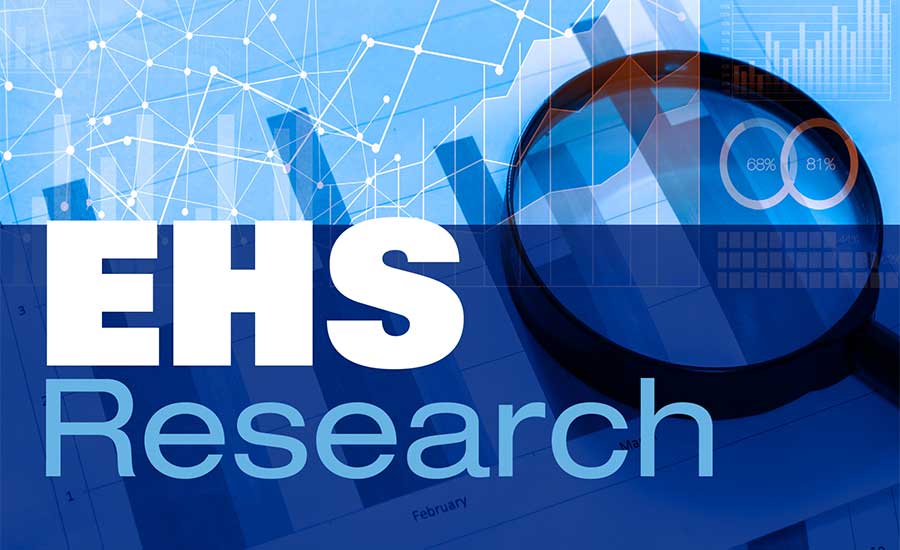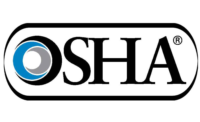The Campbell Institute — the National Safety Council center of excellence for environmental, health and safety management – released a report Tuesday entitled Visual Literacy: How “Learning to See” Benefits Occupational Safety.
In partnership with the Toledo Museum of Art (TMA), this introductory paper is part of a multi-year research project to study the effects of visual literacy training on increasing hazard awareness and recognition in the workplace.
“Our world is becoming increasingly visual, but when we look at something, how much are we really seeing?” said John Dony, director of the Campbell Institute and director of environmental, health, safety and sustainability at the National Safety Council. “Just like learning to read, it is beneficial to train our minds to better ‘see’ the world so we are able to overcome our visual biases. The more hazards we can proactively identify, the safer we’ll be.”
The concept of visual literacy is not new, but the specific approach to this particular research is unprecedented. TMA and the Campbell Institute encourage safety professionals to view their workplaces the way one would view a work of art: deeply, critically and completely. If workers “see” an environment in its totality, they theoretically can spot potential hazards and imagine what can happen from those hazards. Having this “ability to see” helps workers to be proactive about their work spaces and take action to mitigate hazards before they can cause an incident.
The Institute has enlisted the participation of four of its members for this research series – AES, Cummins, Owens Corning and USG. Directors of TMA will design and deliver visual literacy training for each of these organizations. In turn, researchers at the Campbell Institute will determine the effectiveness and outcomes of the training.
The stages of the research include:
- Understanding the current state of hazard identification programs and processes in the companies studied
- Determining a baseline for hazard identification/visual literacy “competency” in the companies studied with help from TMA
- Monitoring the training/intervention program as it takes place and then periodically assessing key learning/retention as well as hazard identification activities for the next 12 months


